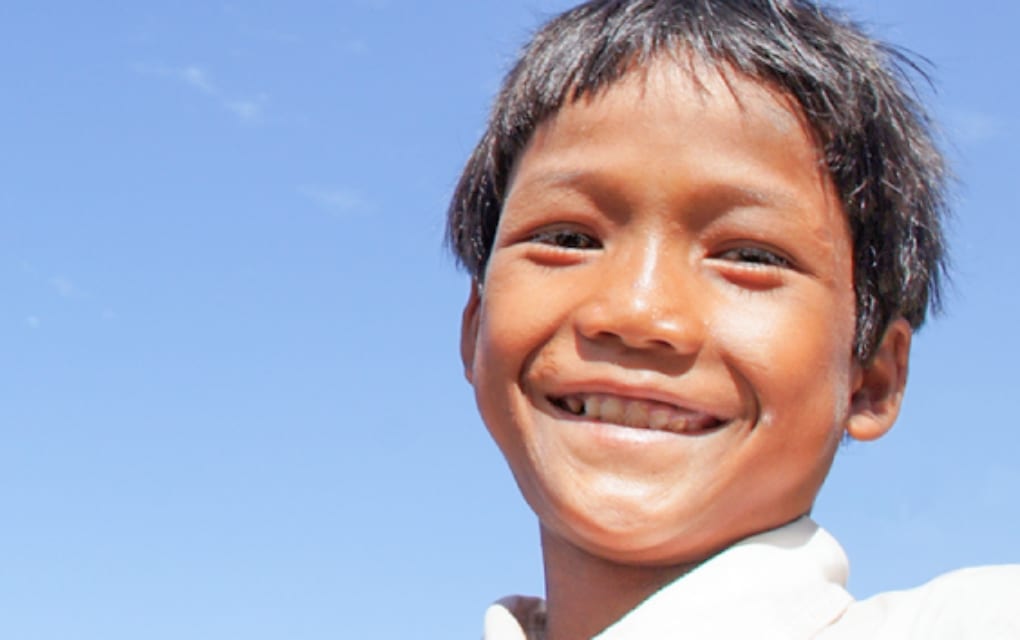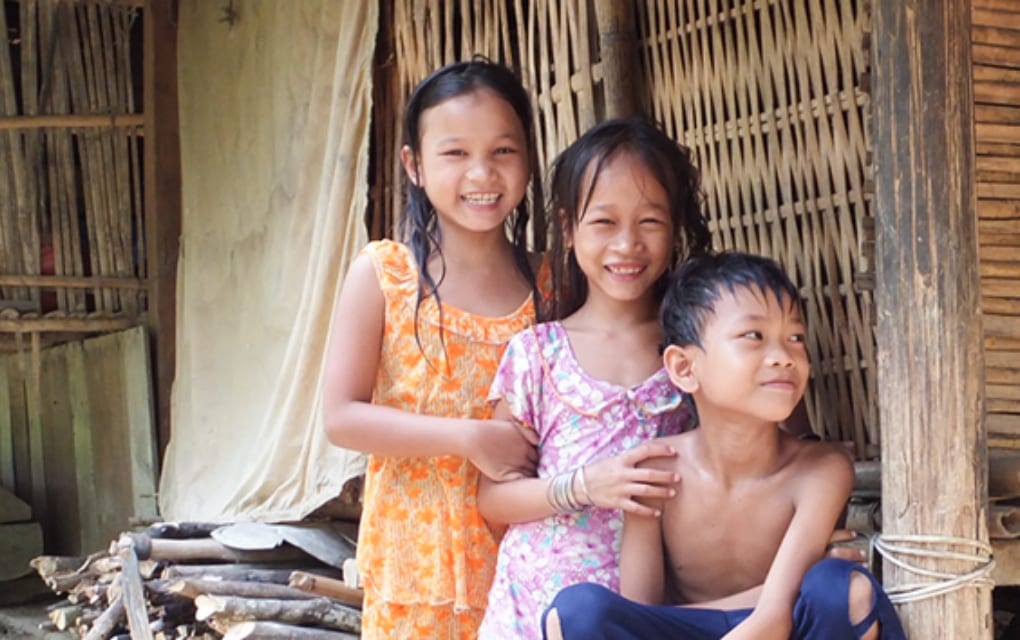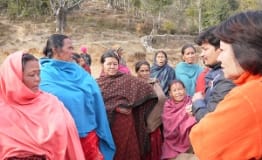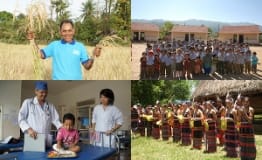Medical staff of Surgical department with new experience in COVID-19 patients’ treatment
Katie Province, where FIDR has been conducting the Pediatric Surgery Project (PSP), confirmed its first positive case of COVID-19 in this April 2021. Since then, Kratie Provincial Referral Hospital (KPRH) plays a critical role in treating COVID-19 patients in the province. Hospital doctors and nurses have been providing treatment on a rotation basis. From late May to early June, two staff from the surgical department, Dr. Sovandara (surgeon) and Mr. Sotheara (nurse), joined the COVID-19 treatment team. We had an opportunity of interviewing them about their experience during the treatment time and their intention in improving the service of Surgical department.
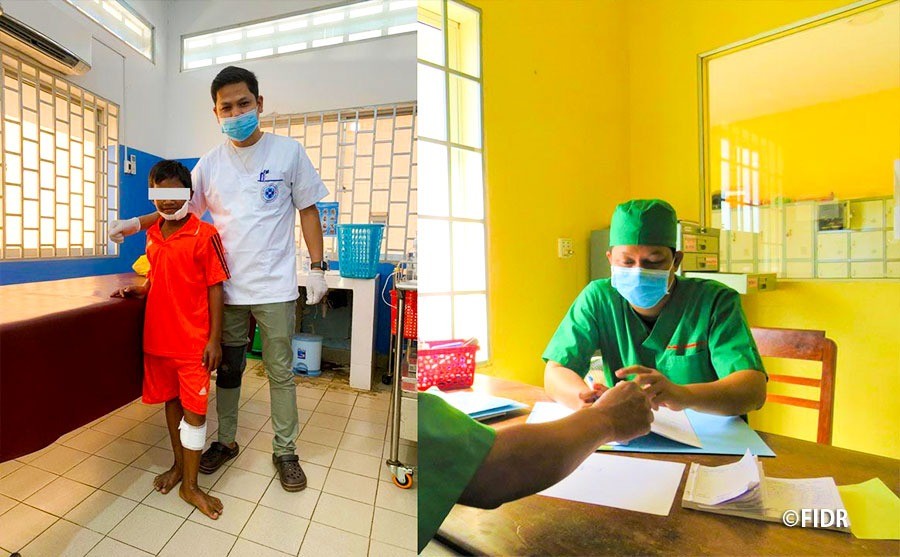
Picture in the left: Mr. Sotheara / in the right: Dr.Sovandara
- Q1: This is the first time when you got involved in the COVID-19 treatment team. How did you and your family feel?
- .
- Mr. Sotheara: Firstly, I felt a little bit nervous but this is my work, so I tried my best for the work. My family was also concerned because they were worried that I would be infected by COVID-19.
- Dr. Sovandara: My family was also worried, but they understand the meaning of this work so they supported me a lot.
- .
- Q2: What was your role when you joined the team?
- .
- Mr. Sotheara: I involved in the team 24 hours per day. When new patients who concerned about the COVID-19 were admitted into the hospital, we had to check the symptoms of patients, do the rapid test and take the specimen for PCR test to send to a laboratory in Phnom Penh.
Every day, I started at 8 am by visiting patients, checking vital signs, providing medicine to patients. I had to check them frequently, and whenever they had any changes in symptoms, I immediately reported to doctors for treatment. - Dr.Sovandara: I and one more doctor were in charge of treatment for 16 patients during 14 days.
- .
- Q3: Is there any difference compared with treatments of other diseases and what was the most difficult task for you?
- .
- Mr.Sotheara: There was one patient in a severe condition. He also suffered from diabetes. He had difficulty in breathing, and the oxygen meter showed just 80%. His body temperature was high, from 37.5 to 38.6oC. Therefore, I tried to spend more time to take care of him. He had difficulty in breathing for 6 days, so I got a request from doctors to take X ray of the patient. We found out that he had a problem with his lung. After that, we continued to treat him, and after 8 days, he got better and was discharged from the hospital,
- Dr. Sovandara: The symptom of COVID-19 patients quickly changed. Therefore, we had to take care for 24 hours and follow up the patients as quickly as possible. We also visited patients more frequently. We divided patients into three categories - minor, moderate and severe - and allocated to three different rooms. We visited patients with minor symptoms twice a day, but we had to visit patients with moderate or severe symptoms 4-5 times, even more than 10 times per day.
Moreover, because we had to wear PPE all the time, we could not touch patients directly nor listen to their lungs and heart. What we could do was to ask about their medical history and symptoms. - .
- Q4: What kind of preventive measures do you and other staff in the hospital take?
- .
- Mr. Sotheara: During the care, I followed guidelines of MOH regarding to preventive measures, such as wearing PPE, spraying my body and hand with alcohol before and after wearing PPE.
Regarding conditions of patients, we divided them into three categories in different rooms. But the rooms are in front of each other. So I also worried that, when patients and staff go in and out the rooms, the virus can be spread between the rooms. - Dr.Sovandara: We have an isolation room for COVID-19 patients in Emergency Department. Patients cannot meet the visitors or families during this time. In the surgical department, we also use masks and alcohol and take body temperature before entering the building.
- .
- Q5: How do you think after completing the treatment time?
- .
- Mr.Sotheara: I already have experience to take care of COVID-19 patients during this time, so if I was assigned in the team one more time, I think I can do it.
- Dr.Sovandara: It was a good experience for me to join the team because I learned how to protect patients and visitors. I want to help more patients.
After having joined the COVID-19 patients’ treatment team, Dr. Sovandara and Mr. Sotheara found some improvement points of their daily work.
Since the symptoms of COVID-19 patients quickly change, doctors and nurses have to be ready 24 hours a day. In addition to the regular visits in the morning, noon, and evening, they visited patients whenever their symptoms changed. For severe cases, they visited their patients more than 10 times a day. Dr. Sovandara said, "Before being involved in the treatment of COVID-19 patients, I visited patients only when they requested to do so. Now I will try to visit them frequently and take care of them more."
In addition, nursing care for COVID-19 patients is also different from typical nursing care in Cambodia. Normally, patients are usually accompanied by caretakers (mostly family members), and caretakers take care of patients while doctors and nurses provide medical care. However, in the case of COVID-19, caretakers are not allowed to enter patients' rooms. Therefore, nurses provide nursing care instead of caretakers.
Mr. Sotheara commented, "We have conducted patient education and informed patients of the importance of handwashing, wearing masks and keeping social distance as preventive measures for COVID-19. After taking care of COVID-19 patients, I realized that the combination of diabetes and COVID-19 is fatal. I will conduct patient education also about healthy diets to prevent diabetes from now on."
We hope that what they experienced during the treatment and care of COVID-19 patients will be utilized to improve the hospital environment including hygiene status and prevention measures, and eventually lead to the improvement in the treatment and care of pediatric surgical patients.
Other Activity Reports
-
Nutrition Education and Promotion Project
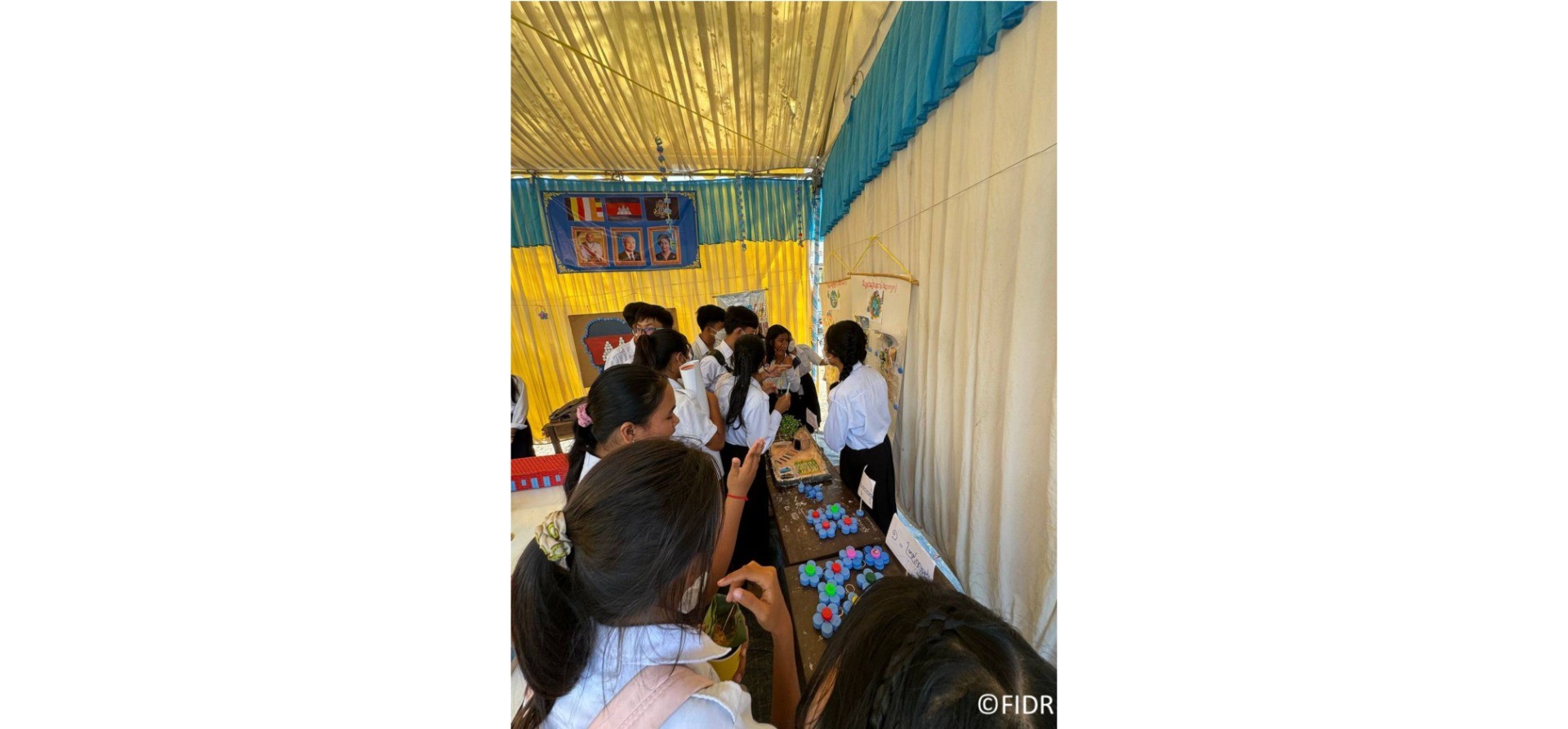
2025.10.09
From Shokuiku to Sankranta Day...
Cambodia Health anbd Hygiene Nutrition Education International Cooperation for Social Development -
Nutrition Education and Promotion Project
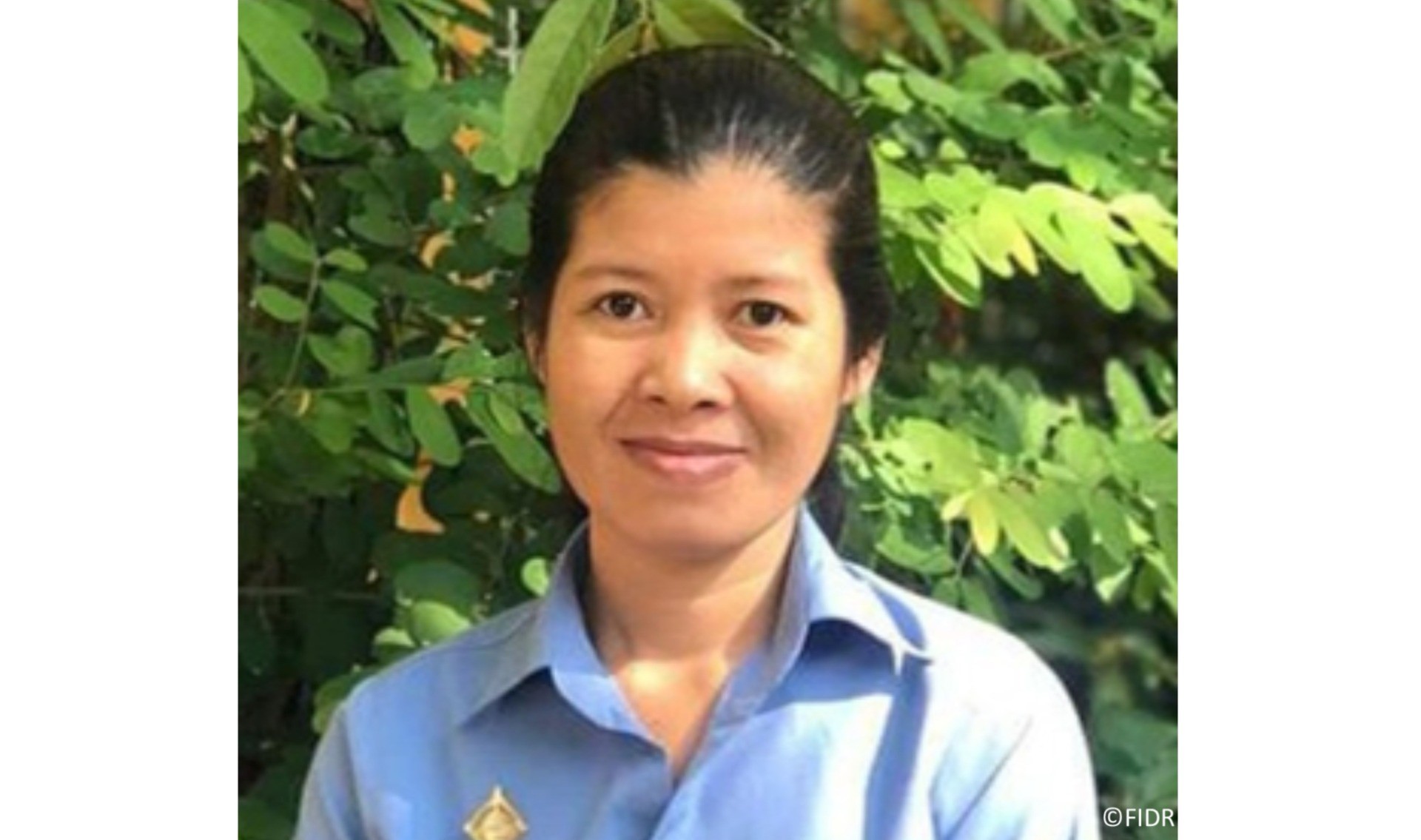
2025.09.19
The Story of Change: One Teach...
Cambodia Health anbd Hygiene Nutrition Education International Cooperation for Social Development
DONATION
Your generous donation now will have impacts
on children and communities in our fields.




